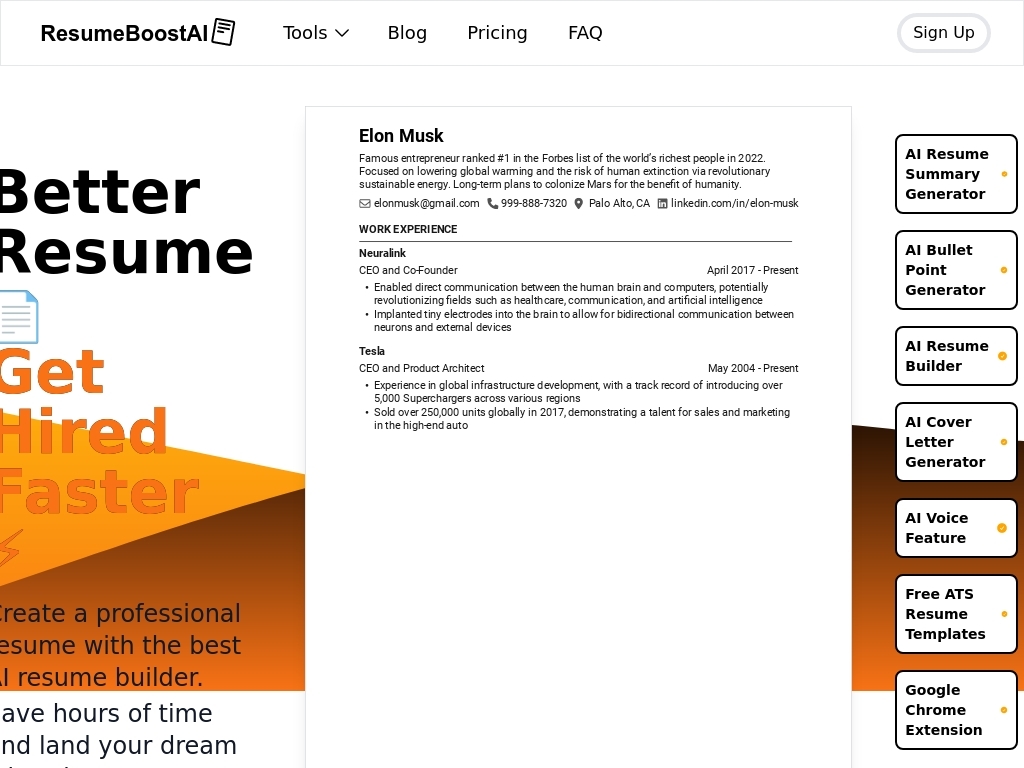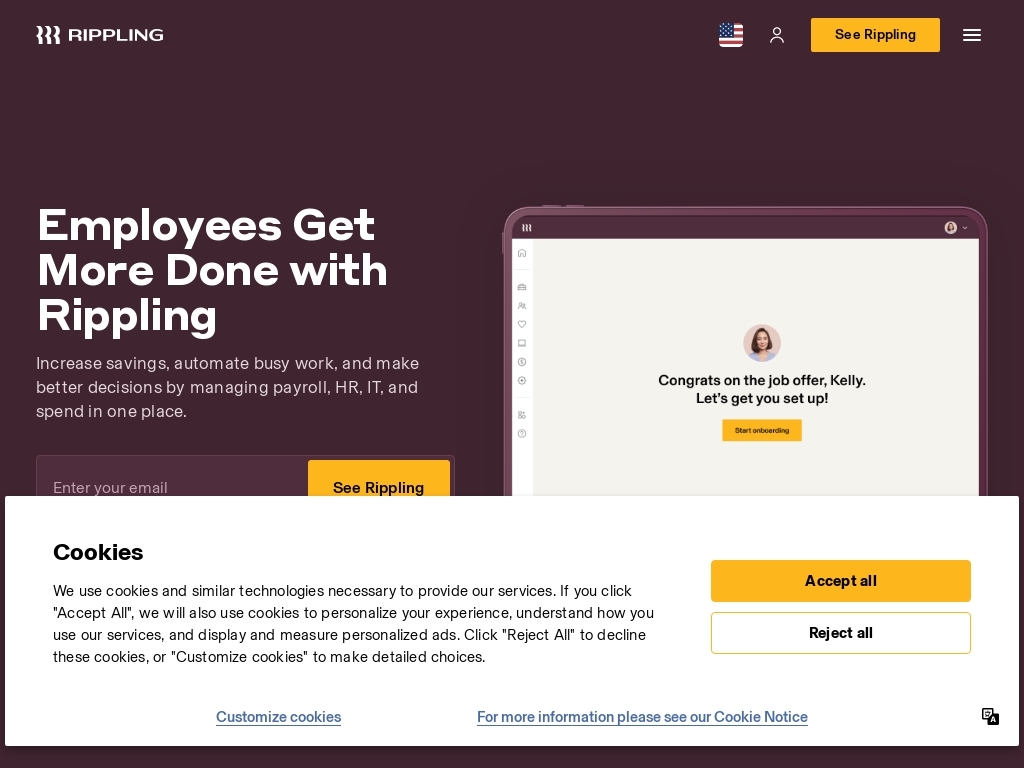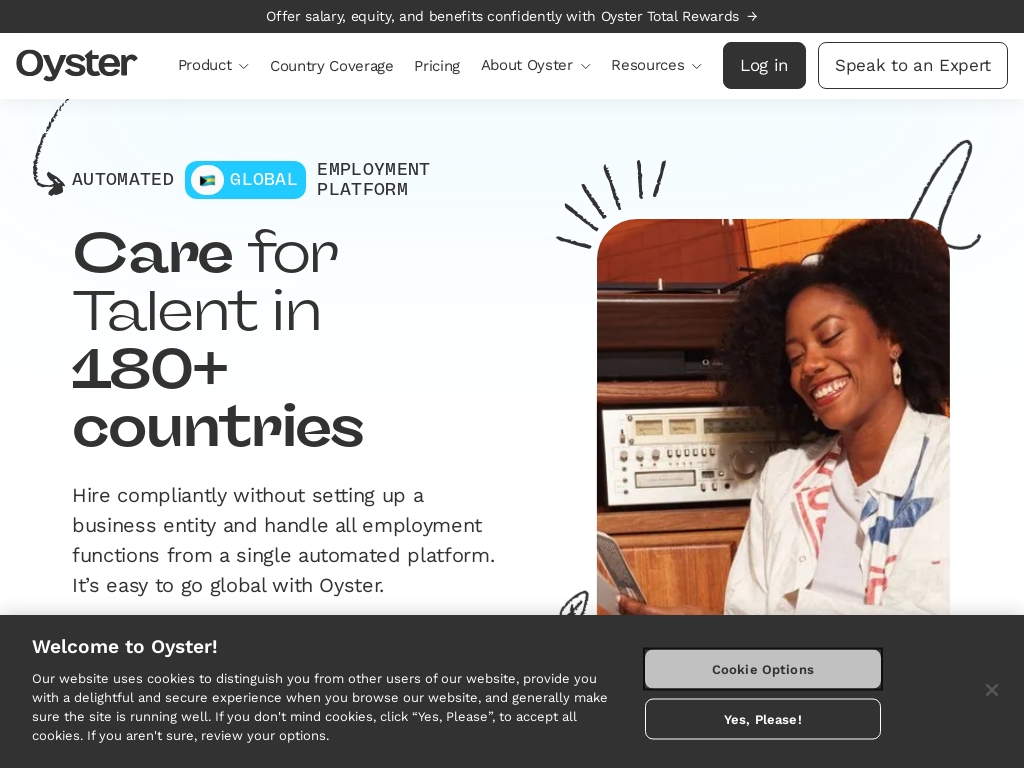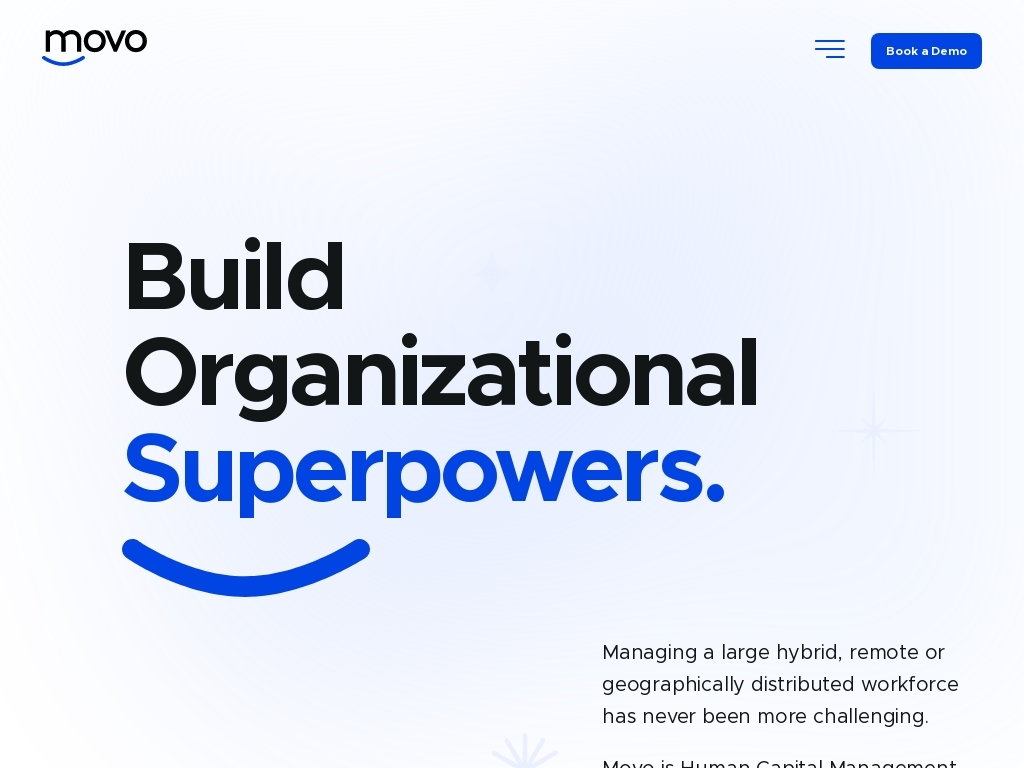
How 3 Founders Built Handshake to $3.5B Valuation in 9 Years
Who is Garrett Lord?
Garrett Lord, co-founder and CEO of Handshake, hails from Bloomfield Hills, Michigan, attended Michigan's Upper Peninsula school Michigan Tech after community college, and worked internships at Los Alamos and Palantir, driving his passion to democratize job access for all students.
What problem does Handshake solve?
Handshake tackles the lack of equal career opportunities for college students by connecting them directly with employers, regardless of their background or school prestige, making it a vital resource for leveling the playing field.
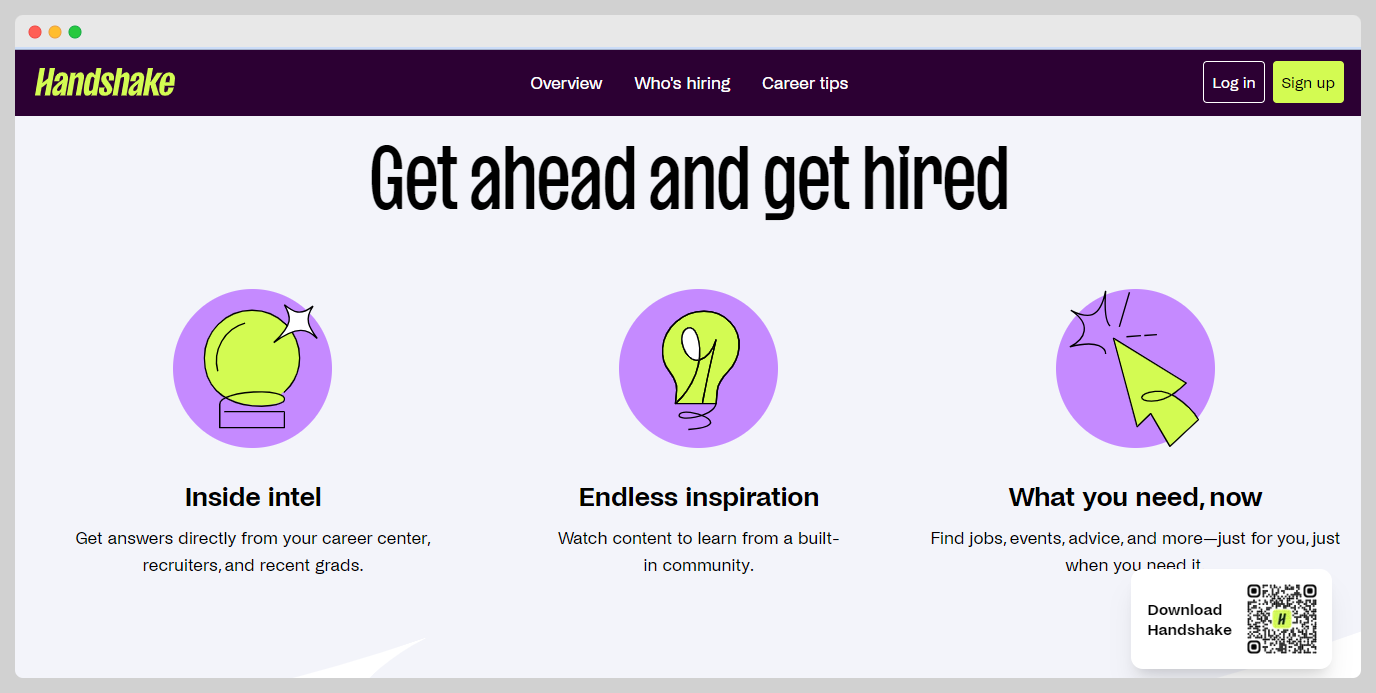
How did Garrett come up with the idea for Handshake?
Garrett's journey to founding Handshake stemmed from personal challenges and observations during his college years. Having grown up without the connections or resources typical of elite schools, Garrett found the traditional path from college to career inequitable and frustrating. He noticed that students from less prestigious schools, like Michigan Tech where he studied, struggled to access the same job opportunities available to students from well-known universities.
Realizing the systemic barriers in recruiting, Garrett was inspired by his own difficult experiences landing internships despite his talent. Conversations with peers from elite institutions about the abundance of recruiters on their campuses highlighted the disparities. This inspired him and his friends to create a platform that could bridge this gap, aiming to democratize access to opportunities for students without relying on traditional networks or socioeconomic status.
Before starting Handshake, Garrett and his co-founders conducted extensive fieldwork, meeting with universities to understand their challenges in student recruitment. They spent considerable time gaining insights from career center staff and adapted their platform based on feedback. The journey wasn’t without challenges, as they faced skepticism in being a young team entering a conservative educational market. Nonetheless, combining their technical skills with a strong mission helped them persevere and refine their idea into a solution that now connects millions of students to employers.
How did Garrett Lord build the initial version of Handshake?
Garrett Lord and his co-founders built Handshake by initially creating a software platform designed to connect employers with talented graduates, regardless of their college's prestige or location. The development of Handshake began at Michigan Tech, with Scott Ringwelski leading a team of computer science classmates to build the platform based on feedback from potential university clients. This iterative process of software development took place in a house rented for $700 a month, which also served as the company's first office. The technological efforts included nightly feedback loops where Garrett and Ben Christensen relayed user needs to Scott and his team, enhancing the platform with new features accordingly.
The prototype phase faced significant challenges due to the risk-averse nature of educational institutions, making it difficult to secure initial partnerships. Despite the setbacks, the team put in extraordinary efforts, dedicating long hours to convince university career centers of the platform's value. It took about six months of relentless drive and adjustments before they signed their first five customers, a testament to the immense perseverance and commitment required to refine the initial product to meet market needs.
What were the initial startup costs for Handshake?
- Office Setup: Handshake's first headquarters was in a rented house near Michigan Tech, costing $700 a month.
- Travel: Garrett Lord and his co-founder put over 36,000 miles on a Ford Focus, which they used as their mobile office and home during their customer acquisition road trips.
- Funding: Handshake raised a $3.5 million seed round led by True Ventures in 2015. They later raised a $10.5 million Series A in 2016 led by Kleiner Perkins, and a $200 million Series F which valued the company at $3.5 billion.
How did Garrett launch Handshake and get initial traction?
Campus Road Trip
Handshake's founders, Garrett Lord and Ben Christensen, took a unique approach to gaining their initial customers by hitting the road in a Ford Focus. They spent four to six months driving around different universities across the country, logging over 36,000 miles. During this time, they visited college career centers to pitch their idea and secure their very first university partnerships.
Why it worked: This hands-on approach allowed Garrett and Ben to personally connect with potential customers and tailor their pitch to each school's needs. Their dedication and willingness to travel for face-to-face meetings helped build trust and credibility, leading to their first five university sign-ups, which acted as crucial proof points for their expanding customer base.
Direct Outreach
Besides the road trip, Garrett Lord engaged in direct outreach techniques to get attention from universities. This involved making numerous cold calls and sending countless emails to university career centers. Garrett spent considerable time, sometimes over 30 hours, engaging with career service officers whose opinions were influential in the academic community.
Why it worked: The personal investment in communication, understanding customer needs, and building relationships helped overcome reluctance from educational institutions. Handshake’s ability to address the specific needs and challenges of these universities made their offering attractive and secured those pivotal early customers.
Low-Cost, High-Impact Promotion
In the early days, to keep costs low, Handshake’s founders lived frugally and strategically chose their “office” locations. They utilized McDonald's parking lots for WiFi access and stayed overnight due to the safe, illuminated areas, allowing them to save on accommodation expenses and stay connected to potential leads.
Why it worked: This approach minimized overhead and allowed for continuous travel and outreach to potential customers, enabling them to dedicate more resources to developing their product and refining their pitch. The founders demonstrated commitment and resourcefulness, which resonated with early adopters and garnered respect, fostering a positive reputation in the academic community.
What was the growth strategy for Handshake and how did they scale?
University Partnerships
Handshake initially grew by forming partnerships with universities. The founders personally visited various campuses, meeting with career services to demonstrate their platform. They drove across the country, sleeping in cars and showering in gyms to pitch their idea. By engaging directly with universities, they built trust and credibility, leading to their first few signups. This grassroots approach built a strong foundation, and as word spread, more institutions were willing to partner, eventually reaching over 1,400 partners.
Why it worked: Direct engagement helped Handshake tailor their offering to the needs of career centers, addressing the issue of accessibility for students from non-elite schools. Establishing relationships with career service officers created a network effect as these professionals often share experiences and recommendations with peers.
Virtual Recruiting and Events
During the COVID-19 pandemic, Handshake quickly pivoted to a virtual-first recruiting model. They facilitated virtual career fairs and one-on-one video chats between students and recruiters. This adaptation not only retained but increased user engagement, making Handshake an indispensable tool during a time when physical presence wasn't possible.
Why it worked: The quick shift to virtual recruiting met an urgent need, making Handshake more relevant for both students and employers. It also broadened access, allowing companies to connect with a more diverse pool of candidates beyond geographical barriers, aligning well with employers' diversity goals.
Employer Partnerships
Handshake established its growth by initially tapping into the existing demand of companies seeking access to talented students. They expanded outreach from elite to a broader range of schools, increasing the potential hiring pool for companies. Companies like General Motors moved from recruiting at 18 schools to 750, illustrating Handshake’s ability to scale opportunities at a lower cost.
Why it worked: With over 650,000 companies, including all Fortune 500, using Handshake, the platform became a rich resource for students and an easy-access tool for employers. This democratization of opportunities made Handshake an attractive choice for employers looking to diversify and expand their hiring processes.
Network Growth and Word of Mouth
Handshake’s network effect was pronounced both in universities and employers, generated through positive testimonials and experiences shared within the industry. Career services officers, students, and company recruiters shared their success stories, elevating Handshake’s reputation as a verb synonymous with career opportunities.
Why it worked: The success stories and personal recommendations across the education and employment sectors created organic growth and trust in Handshake’s capability to deliver on its promise. The company’s narrative of equal opportunity resonated deeply with its audience, further amplifying its reach.
What's the pricing strategy for Handshake?
Handshake employs a tiered pricing model offering basic free access for students and educational institutions while charging employers for premium recruiting features, with custom enterprise pricing based on specific needs.
What were the biggest lessons learned from building Handshake?
- Embrace the Grind: Handshake's founders logged 36,000 miles driving to universities, sleeping in McDonald's parking lots, to pitch their product. Their relentless hustle secured their first clients and fueled their growth.
- Pivot Quickly in Crisis: During the pandemic, Handshake swiftly pivoted to virtual recruiting, aligning the company’s efforts with the immediate needs of students and employers. This adaptation was critical and ultimately enhanced their business model.
- Mission-Driven Success: The drive to democratize opportunity was central to Handshake's ethos. This mission-driven approach aligned the team and attracted clients, helping them persevere through challenging times.
- Value Team Culture: Building a resilient and humble team culture was key to Handshake's success. Co-founders prioritized hiring people who believed in their mission and embodied their Midwest values of humility and hard work.
- Leverage Naivete: Garrett noted that not fully understanding the challenges ahead was an asset. This naivete allowed them to take bold risks without being deterred by potential obstacles, a crucial mindset for startup success.
Discover Similar Business Ideas Like Handshake
|
|
Idea
|
Revenue
|
|---|---|---|
|
Resume Boost AI
|
AI-powered resume and cover letter creation tool.
|
$1K
monthly
|
|
Intch
|
AI platform connecting businesses with part-time professionals.
|
$1M
monthly
|
|
Rippling
|
"All-in-one HR and IT platform for small businesses."
|
$29.2M
monthly
|
|
Oyster HR
|
"Global employment platform simplifying international hiring."
|
$8.33M
monthly
|
|
Movo
|
'Mobile platform for managing frontline workforce'
|
$2M
monthly
|
|
Hirize
|
AI-powered resume parsing for precise candidate matching.
|
$14K
monthly
|
|
MATCHR
|
Remote recruitment support on subscription for tech companies.
|
$70K
monthly
|
More about Handshake:
Who is the owner of Handshake?
Garrett Lord is the founder of Handshake.
When did Garrett Lord start Handshake?
2013
What is Garrett Lord's net worth?
Garrett Lord's business makes an average of $/month.
How much money has Garrett Lord made from Handshake?
Garrett Lord started the business in 2013, and currently makes an average of .

Download the report and join our email newsletter packed with business ideas and money-making opportunities, backed by real-life case studies.

Download the report and join our email newsletter packed with business ideas and money-making opportunities, backed by real-life case studies.

Download the report and join our email newsletter packed with business ideas and money-making opportunities, backed by real-life case studies.

Download the report and join our email newsletter packed with business ideas and money-making opportunities, backed by real-life case studies.

Download the report and join our email newsletter packed with business ideas and money-making opportunities, backed by real-life case studies.

Download the report and join our email newsletter packed with business ideas and money-making opportunities, backed by real-life case studies.

Download the report and join our email newsletter packed with business ideas and money-making opportunities, backed by real-life case studies.

Download the report and join our email newsletter packed with business ideas and money-making opportunities, backed by real-life case studies.
